This week, I continue reading through and reviewing the random pile of manga that I’ve collected over the years. I have a vague memory of pulling the first two volumes of Someday’s Dreamers off a shelf at HalfPrice Books and deciding to bring it home.
On the back cover, this one bills itself as “A cross between Harry Potter and Sailor Moon.”
No wonder it took me so long to read it.
SPOILERS
.
.
.
.
Yume is a sincere, naïve, nice girl from the countryside who has been sent by her family to the Big City to learn magic. After a spectacularly failed love confession to a boy who loved soccer more than anything else, Yume can’t really handle boys and men. She freezes up and has no idea how to behave.
Of course, immediately upon arriving in Tokyo, she nearly walks into traffic and is rescued by none other than a boy!
The boy in question is very baffled by her, but he shows her to her train and gets her on her way. Overwhelmed by wanting the ‘pay back’ his help, Yuma uses her wish-fulfilling powers to grant him his biggest desire: money. She makes a bunch of cash suddenly appear inside his jacket, puffing up like a pregnant belly, causing him to exclaim:
I apologize for the terrible image. I took it on my phone’s camera. But, this is one time when the official licensed manga was actually much more funny than the fan scanned and translated version. If you go to the same page in the version that I linked to above on Mangakakalot, they clearly miss the opportunity that the visual presented them, possibly in an effort to be true to the original Japanese.
At any rate, this is where we learn how Yume’s magic works. Magicians can manifest other people’s wishes. They can make “dreams” come true. The best magicians do this by truly understanding their client’s wants and needs. Oh, and yes, magic is a business in this world. Most of the manga, in fact, is about Yume learning the ropes of the job expected of all magicians.
Yume then meets the person who will be her instructor, Oyamada Masame.
Who turns out also to be a man.
Apparently there is a way to read the Kanji of Oyamada’s given name in a more feminine way, and thus mistakes were made. Yume gets over all of this pretty quickly however, and begins to learn to practice magic. Oyamada doesn’t do a whole lot of teaching, but rather sends her out with clients and sees how things go. Possibly Yume doesn’t need a lot of help since her mother is a famously powerful witch.
Everything seems to be going pretty well, at least until Yume is sent out to help an old woman, who is dying and who has lost her memory, relive a moment from her past. Yume gets into taking on the role of the client’s dead daughter and is devestated with the woman finally passes, especially since her death seems to be assisted by a fire that consumes the entire estate, as well.
The second volume is all about Yume getting over this trauma and learning that you can’t wish death away, something that Oyamada is well aware of, having lost his first love to a tragic car accident. His heart as, all this time, been closed off, even though he has a lover (and possibly a child with) in a woman named Melinda.
The story is complete in two volumes. It apparently launched several spin-offs, including: Someday’s Dreamers: Spellbound (2004) and Someday’s Dreamers: Summer Skies (2008).
Some of the complaints I’ve read about this manga are that the magic isn’t real. With the exception of the time that Yume manifests money for the helpful boy (and later makes weeds in a garden disappear), all magic seems capable of doing putting people into a kind of trance where they imagine how things could have been or, possibly, will be. There is one scene in which two middle schoolers really want Yume to help their retiring teacher get a chance to watch the lunar eclipse. The only barrier is that it’s cloudy out. Given that Yume can make money appear out of thin air, you’d think moving a few clouds aside would be child’s play. However, she tells the kids that she can’t change weather; it’s too complex. (Actually, I buy that?) But, what she does instead is fulfil the teacher’s fantasy of having a drink with his students on the moon.
Like ON the moon.
Actually, on the moon.
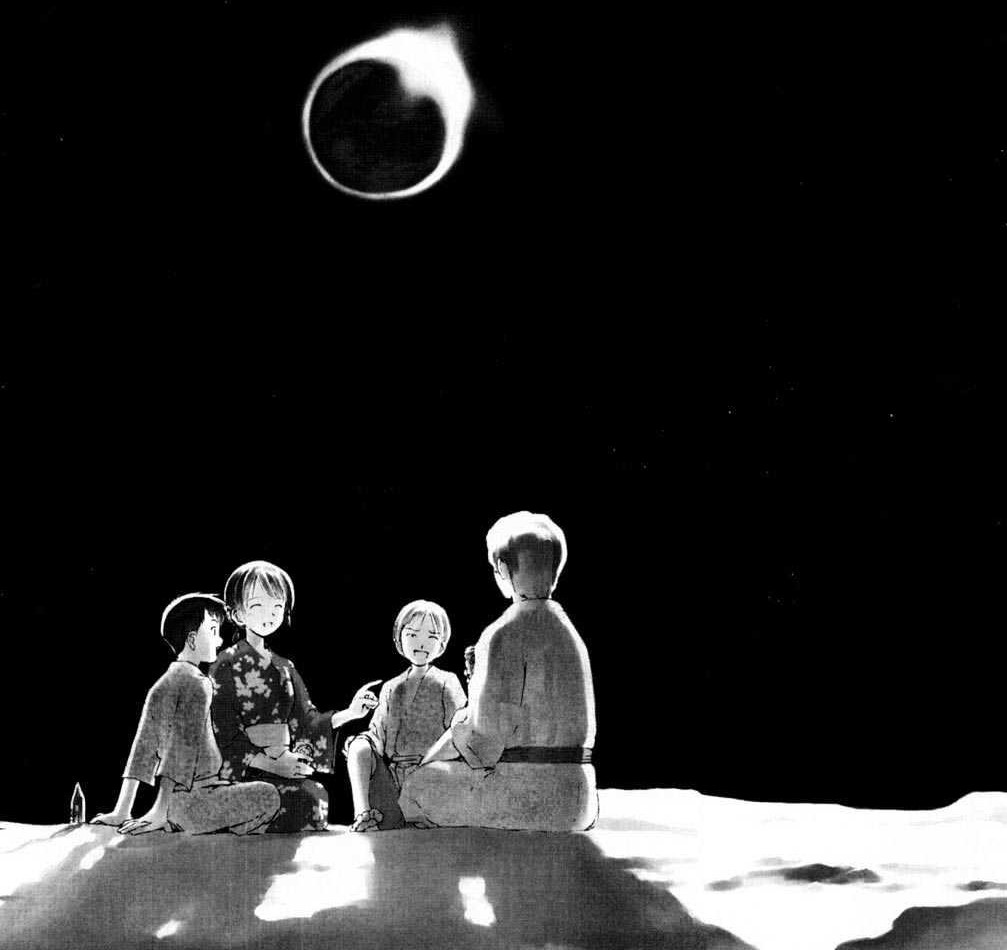
So, magic, at its most powerful, seems to be a kind of shared hallucination? So, it’s not clear what this really does for anyone. It makes people temporarily happy. As one commentor I read suggested, this seems like the sort of thing people could do for themselves by just imagining?
I think that, ultimately, that may have contributed to my own sense that this story didn’t entirely grip me. There was nothing wrong with the story (unless, like with the commentor I quote above, you want or need the magic to be more useful in a practical-sense,) but there is a sense that the world building isn’t fully complete. Visually, the story is very pretty, as you can see in the panel above, but it’s sort of as pretty as it is shallow.
I’m not sure that’s really a detraction, however? I sometimes really enjoy stories where people are just good to each other, the end. Yume is deeply sincere in wanting to use her magic to make people happy and that carries with it a certain kind of wholesome charm.
Would I recommend it? Certainly. Sometimes what a reader (including this one) wants is a pleasant, low-stakes story. Will I keep it on my shelves? Probably not. Because the story is so light in terms of world building, I don’t see the need to want to return to this world and read it again and again.
But once through? It was fine.
Source link


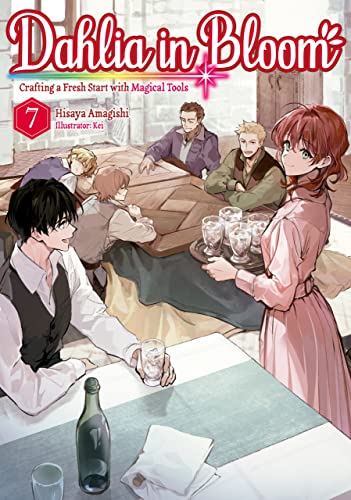
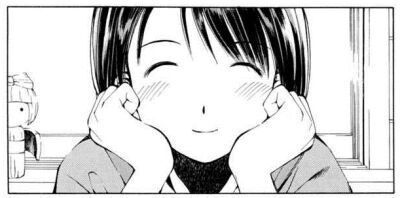


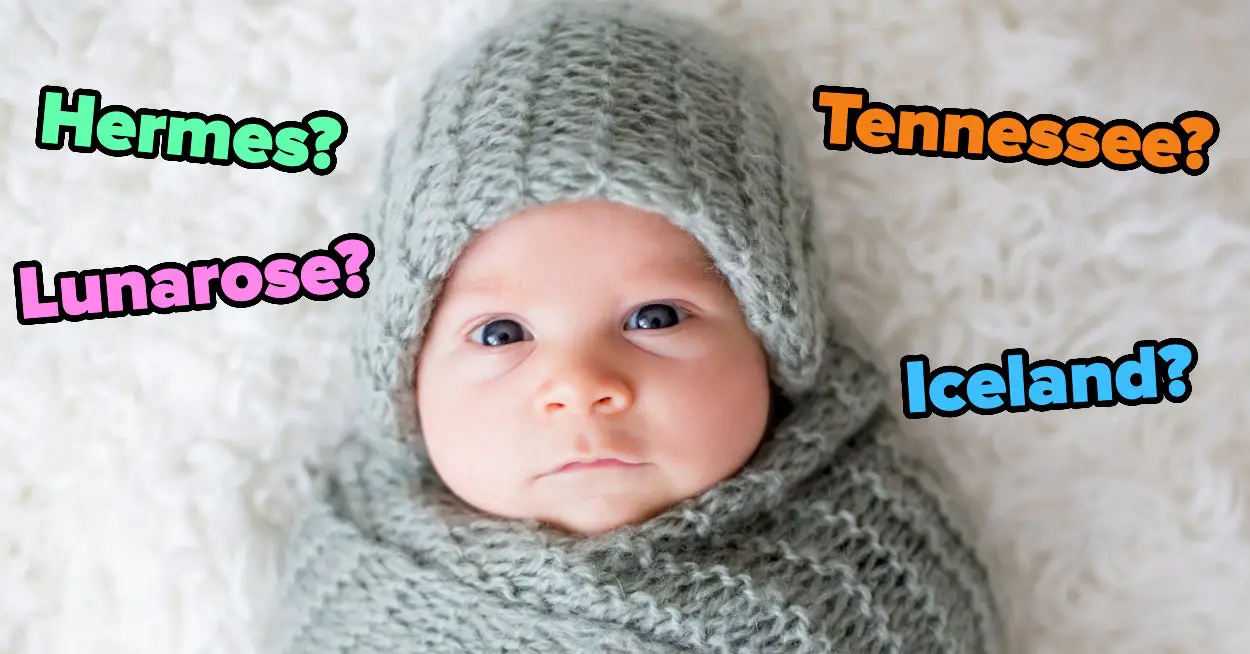
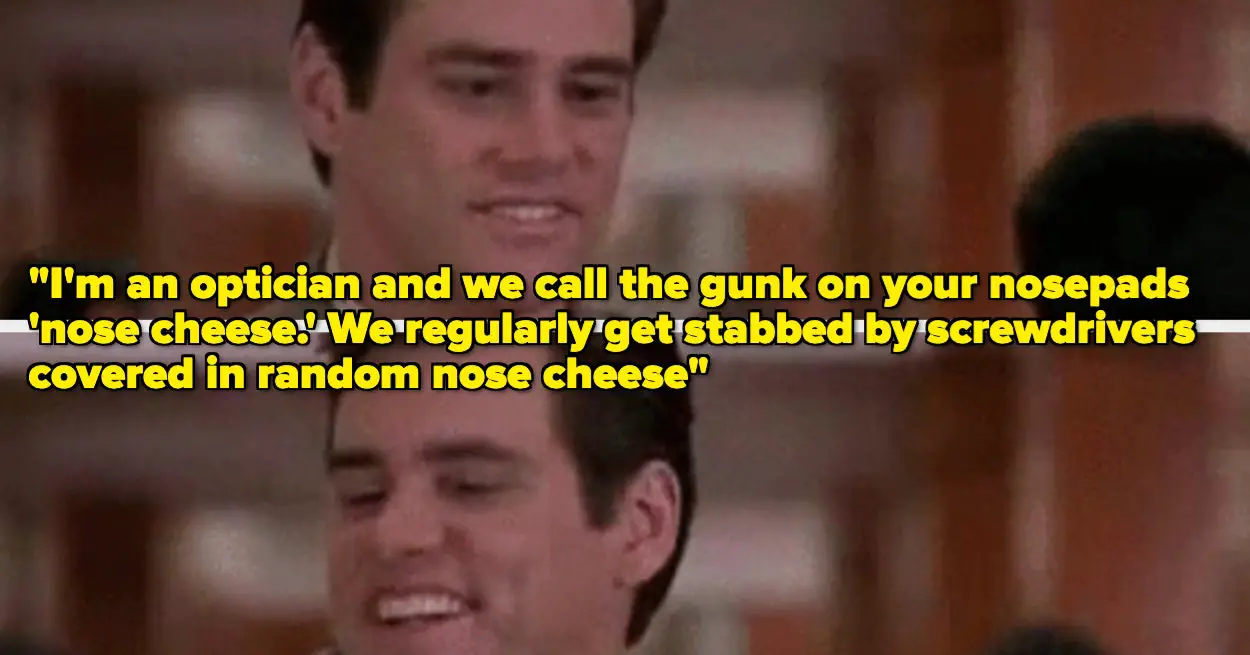



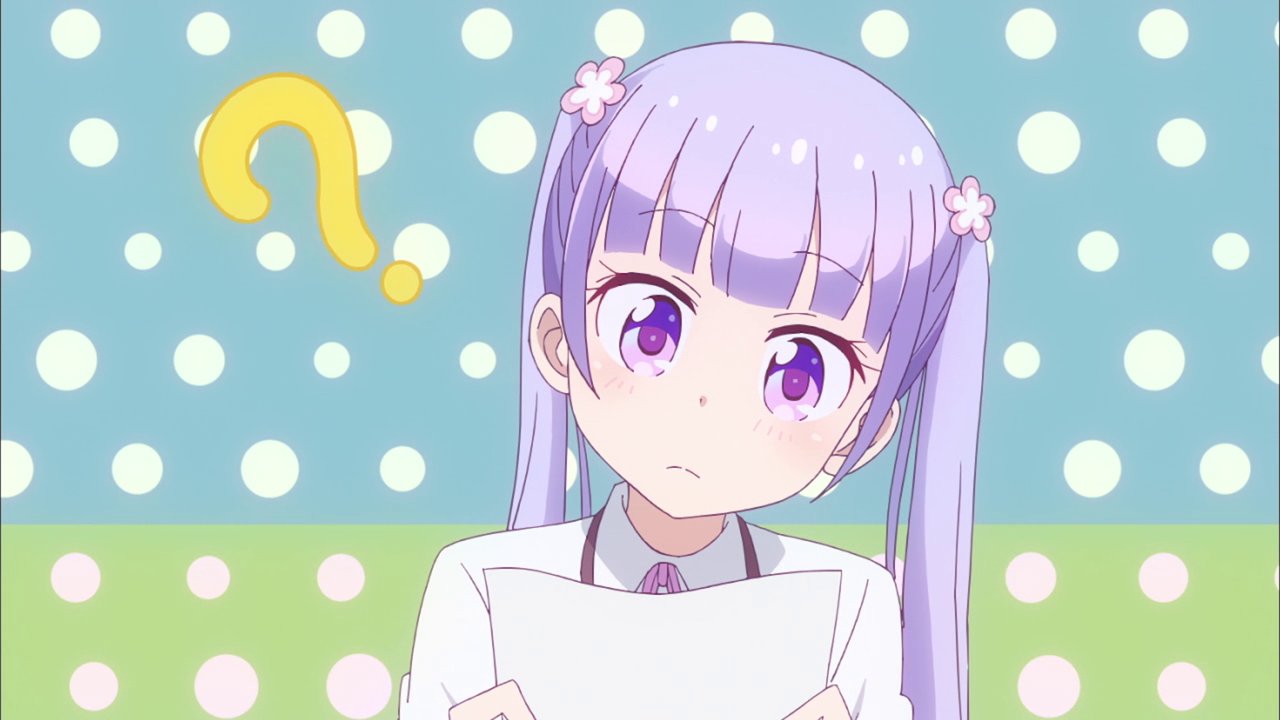
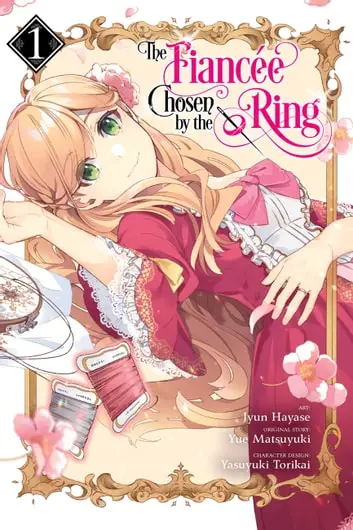
Leave a Reply